Therapeutic Use of Botox in Dentistry
Botulinum neurotoxin (BoNT) injections are used with increasing frequency to treat a variety of medical conditions.
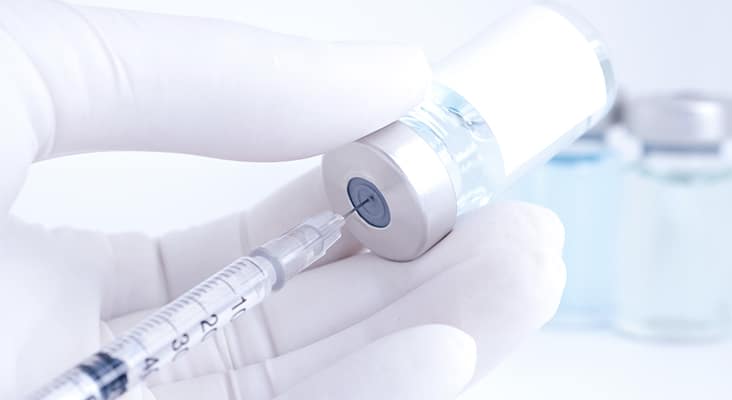
Botulinum neurotoxin (BoNT) injections are used with increasing frequency to treat a variety of medical conditions. Some therapeutic indications for the orofacial region include oromandibular dystonia, hemifacial spasm, and temporomandibular dysfunction (TMD), as well as others related to muscle spasticity and hyperfunction. This is due to the fact that BoNT agents are derived from an extremely potent toxin produced by the bacterium Clostridium botulinum. This bacterium is responsible for botulism, a rare, but potentially fatal food poisoning associated with immobilization of muscles, which can lead to respiratory paralysis if untreated.
Photo Credit: Ake Ngiamsanguan / iStock / Getty Images Plus

Beyond Cosmetic Uses
The well-known cosmetic use of BoNT type A Botox reduces facial lines by inducing flaccid paralysis of the muscles that contribute to dynamic rhytids or wrinkles. Some nonmuscular indications include sialorrhea and migraine headache, and rely on the toxin’s ability to affect other autonomic nervous system functions besides the neuromuscular junction. Oral health professionals will best serve their patients who use these therapies by understanding the agent’s mechanism of action, indications, adverse effects, and evidence for safe and effective use.
Photo Credit: IRA_EVVA / iStock / Getty Images Plus
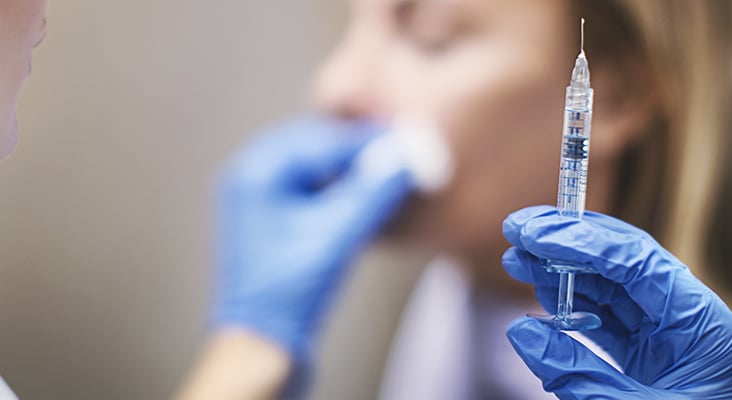
How Does It Work?
BoNTs are potent neurospecific metalloproteases with exclusive and strong affinity to cholinergic nerve endings, both at the neuromuscular junction and in the autonomic nervous system ganglia where acetylcholine (ACh) is released at the neuro-effector junctions in glands and smooth musculature. Upon therapeutic administration, BoNTs have limited diffusion from the site of injection, thus their effects are local. BoNTs lack the ability to cross the blood-brain barrier and, therefore, do not affect the central nervous system. BoNTs enter the neuron endings with higher uptake in hyperactive nerve terminals, which are characteristic of several neuromuscular conditions.
Photo Credit: Aja Koska / E+

Migraines
Migraine is a debilitating disease with severe headaches often preceded by aura, sensitivity to lights/sounds, and accompanied by nausea/vomiting. It is classified as episodic and chronic (less than and more than 15 days per month, respectively). Traditional therapies for migraine include medications for immediate relief and prevention. These drugs, however, are not always effective, require repeated doses, and exert many adverse effects. BoNT-A has been FDA-approved for treatment and prevention of chronic migraine since 2010, and it is thought to act by direct and indirect effect on pain receptors/fibers, neurotransmission in the central nervous system, and an association with endogenous opioid system. BoNT-A injections in 31 fixed head/neck sites every 3 months are effective in reducing the number and severity of migraine attacks, and demonstrate cumulative effect, requiring less frequent administration in responsive patients. Importantly, BoNT-A works synergistically with opioid analgesics and other medications, decreasing their use and preventing opioid tolerance.
Photo Credit: peterschreiber.media / iStock / Getty Images Plus
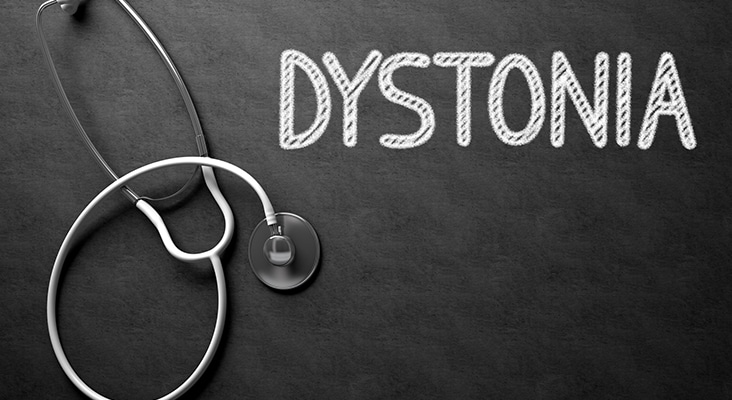
Dystonia
BoNT injections are the treatment of choice for cervical dystonia, and all four FDA-approved BoNT formulations have strong evidence of sustained effectiveness in alleviating dystonic symptoms and pain. Effectiveness of peripheral injections of BoNT is attributed not only to ACh blockage at the neuromuscular junction, but also indirect central nervous system blockage of select motor neurons. The dosage and choice of muscle-site injections are determined by severity of symptoms and pain, with symptom relief lasting up to 12 weeks. Analgesics, anticholinergics, and antidepressants are commonly used to alleviate accompanying symptoms and to bridge intervals between injections. Adverse effects are relatively minor, but include xerostomia and dysphagia, seen more often with BoNT-B.
Photo Credit: Tashatuvango / iStock / Getty Images Plus
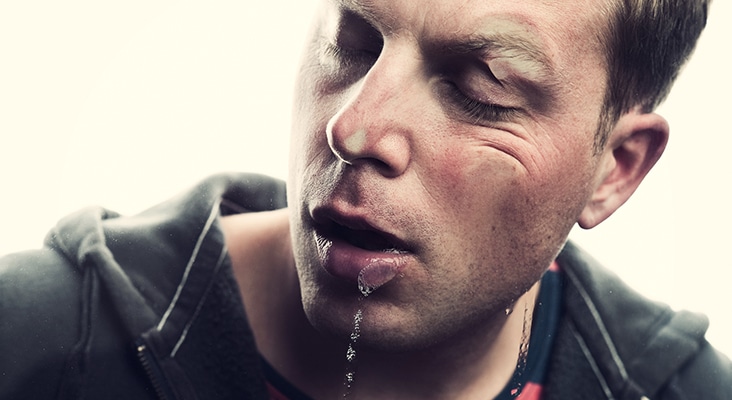
Sialorrhea
Sialorrhea (drooling) can occur due to actual increase in saliva production but more often is a symptom of neurological conditions affecting control and coordination of the muscles involved in swallowing. Traditional sialorrhea management includes anticholinergic drugs, which cause significant adverse effects; surgical treatments, such as partial/complete removal or denervation of selected salivary glands, repositioning or ligation of their ducts; and radiation ablation. In contrast, there is sufficient evidence of effectiveness and safety of BoNT injections into the parenchyma of either parotid or submandibular, or both salivary glands, which together produce about 90% of unstimulated saliva. All four currently FDA-approved BoNT preparations are effectively used; however, BoNT-B may be the best choice for sialorrhea due to its greater affinity to salivary cholinergic neurons and demonstrated reduction in salivary production.
Photo Credit: knape / iStock / Getty Images Plus
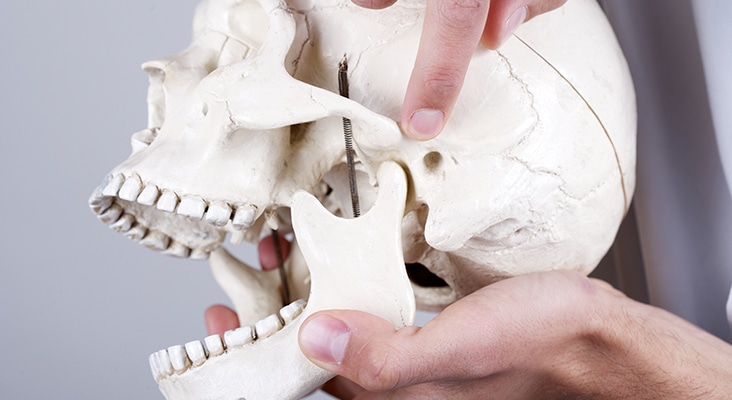
Temporomandibular Disorders
TMD encompasses a broad group of disorders involving the masticatory muscles, temporomandibular joint (TMJ), and associated structures. TMD can be associated with joint and muscle pain and discomfort during regular TMJ function, anterior disk dislocations, joint clicking, and tension-type headaches. One of the hypotheses of TMD development is overactivity and imbalance of muscular function. Hyperactivity and long-lasting tension in the muscles of mastication are thought to also contribute to tension-type headaches. This etiology suggests the possibility of using BoNT injections to reduce muscle tension. This less-invasive treatment has been tried in the management of muscle pain and joint clicking, anterior joint dislocation, and tension-type headaches. BoNT-A injections in the masseter muscles bilaterally resulted in a decrease in the number of muscle and tension-type headaches pain episodes, pain intensity and duration, and decreased use of analgesics. Injections into the lateral pterygoid on the side of joint clicking and dislocation resulted in disappearance of the click 2 weeks to 2 months post-treatment. Spontaneous frequent TMJ dislocations in patients who were not good candidates for surgery were successfully treated with a single injection of BoNT-A into lateral pterygoid and this improvement was observed up to 2 years after treatment.

